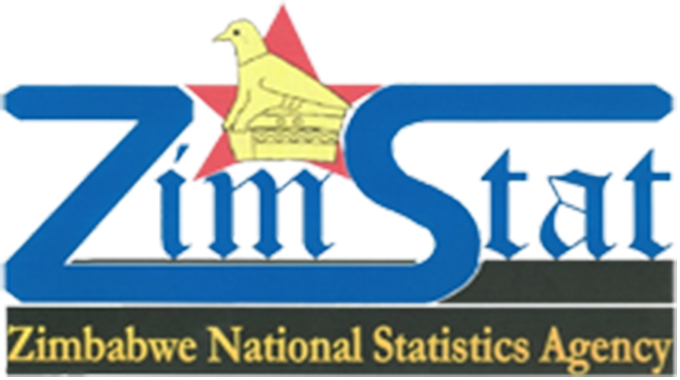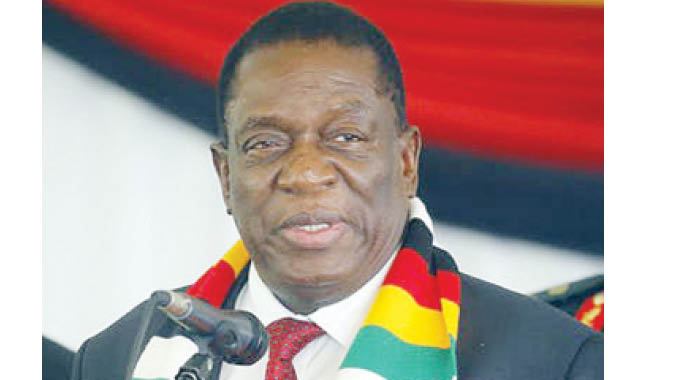Month-on-month inflation sheds 0.91pc

Oliver Kazunga, Acting Business Editor
THE country’s month-on-month inflation ended 2019 at 16,55 percent, shedding 0,91 percentage points on the November figure, data from the Zimbabwe National Statistics Agency (Zimstat) show.
In its latest report, the agency said:
“The month-on-month inflation rate in December 2019 was 16,55 percent shedding 0,91 percentage points on the November 2019 rate of 17,46 percent.
“This means that prices as measured by the all items Consumer Price Index increased by an average rate of 16,55 percent from November 2019 to December 2019.”
It said the month-on-month food and non-alcoholic beverages inflation rate stood at 15,75 percent in December 2019, shedding 6,88 percentage points on the November 2019 rate of 22,63 percent.
The month-on-month non-food inflation rate stood at 17,14 percent, gaining 3,20 percentage points on the November 2019 rate of 13,94 percent.
In 2019, Zimbabwe started the year with a month-on-month inflation rate of 10,8 percent, slowing down to 1,7 percent in February, before moderately picking up in March and April.
In June, it hit a peak of 39,3 percent as the year was marked by sharp increases in consumer prices.
The inflationary pressures were mainly arising from the depreciating exchange rate of the local currency as well as the adverse market expectations and increases in money supply.
Following the adoption of a mono currency regime combined with corrective measures on the foreign exchange market by Government, the month-on-month inflation slowed down during the second half of 2019 to 17,7 percent in September.
In the 2020 National Budget statement, Finance and Economic Development Minister Professor Mthuli Ncube said:
“In the outlook, inflation will be determined by exchange rate movements, wage developments, fiscal and monetary policies, as well as exogenous factors such as climatic conditions.
“Monthly inflation is expected to fall to single digit figures from the first quarter of 2020 to close the year around two percent on the back of commitment by the Central Bank to fight inflation through implementing an active reserve money targeting programme.”
To avoid the country from going into hyperinflation, a situation it experienced in 2008 before adopting a multi-currency system in February 2009, fiscal and monetary authorities continue to pursue an inflation-targeting policy.
Prof Ncube, in June last year deferred the publication of year-on-year inflation figures for six months to February this year in order to allow for the building up of data of prices in mono-currency for a period of 12 months.
This is not the first time Zimbabwe has suspended the publication of year-on-year inflation as the country once did it when the multicurrency system was introduced. — @okazunga.












Comments